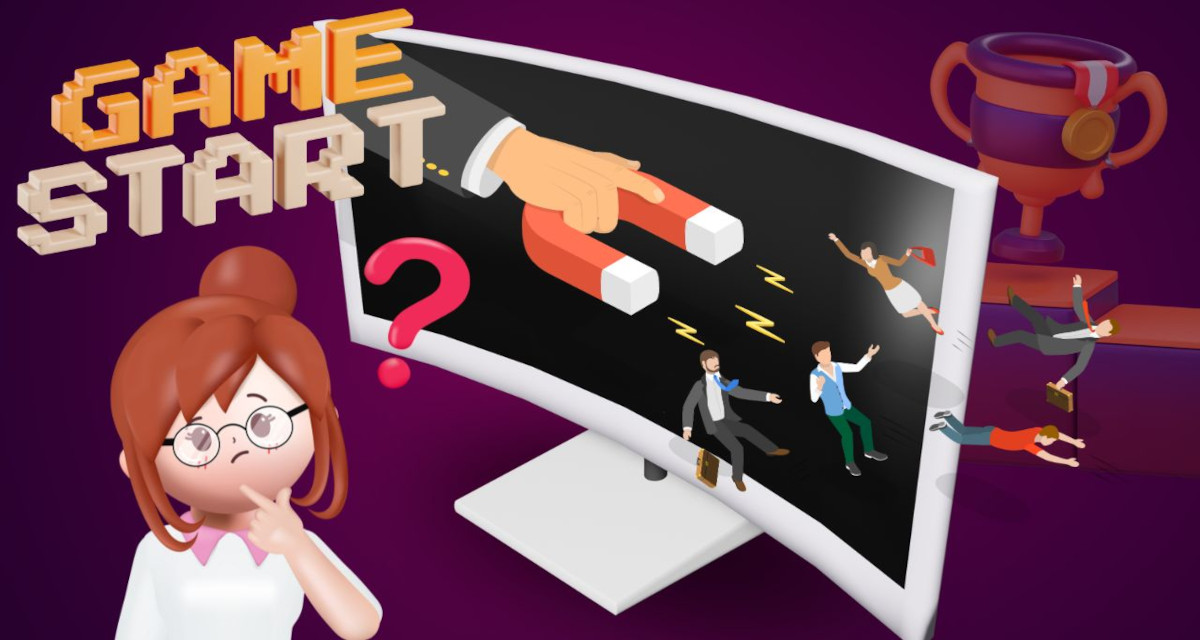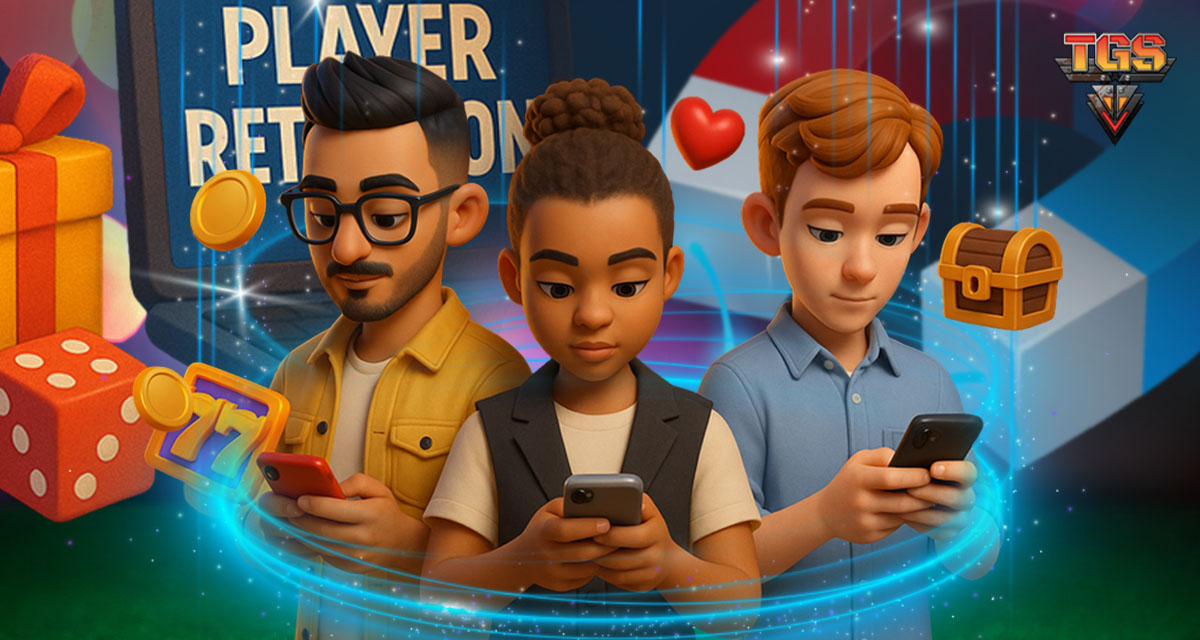
What Are Retention Games For?
Read time approx: 3 minutesRetention games serve a specific purpose in the realm of digital entertainment: they are meticulously crafted to keep players engaged and returning to the game consistently over an extended period. Unlike traditional games, which may provide a single playthrough experience, retention games are designed with longevity in mind.
At their core, retention games leverage a variety of strategies and mechanics to captivate players and sustain their interest. These games often feature elements such as progression systems, daily challenges, rewards, and social interactions, all carefully orchestrated to keep players invested in the experience. By offering a dynamic and evolving gameplay environment, retention games aim to create a sense of continuity and ongoing engagement that extends far beyond a single gaming session.
One of the primary purposes of retention games is to foster long-term player engagement. Through a combination of compelling gameplay mechanics and immersive storytelling, these games aim to create an experience that players want to return to again and again. Whether it's leveling up characters, unlocking new content, or competing against friends on leaderboards, retention games provide ongoing incentives for players to stay engaged and invested in the game.
Furthermore, retention games often incorporate social features that encourage players to connect and interact with each other. Whether it's joining a guild, participating in multiplayer battles, or sharing achievements with friends, these social interactions add an extra layer of depth to the gameplay experience. By fostering a sense of community and camaraderie among players, retention games create additional incentives for continued engagement and loyalty.
Ultimately, the goal of retention games is to create a sustainable and profitable gaming experience. By retaining players over the long term, game developers can increase player retention rates, boost player engagement metrics, and potentially generate revenue through in-game purchases, advertisements, or subscription models. Additionally, loyal and engaged players are more likely to recommend the game to others, further expanding its player base and ensuring its continued success in the competitive gaming market.

